A dog enters a room, spots a sock on the floor, and quickly grabs it in its mouth, darting around happily. This situation is very familiar to many dog owners. Dogs are strangely attracted to socks, often running around with them as if they are special items.
Dogs have a habit of chewing on socks for several reasons:
- Scent Attraction: Socks carry the strong scent of their owners, providing comfort and familiarity to dogs.
- Chewing Instincts: The texture and shape of socks satisfy a dog's natural urge to chew.
- Playfulness: Socks make excellent impromptu toys for games like tug-of-war.
While this behaviour might seem harmless or even amusing at times, it carries potential risks:
- Ingestion Hazard: Dogs can accidentally swallow socks, leading to serious digestive blockages.
- Toxicity: Some materials or chemicals in socks may be harmful if ingested.
In the following sections, we will explore the reasons behind dogs' love for socks and provide practical tips to prevent sock-eating habits. Understanding these tendencies helps in addressing the root causes and ensuring a safer environment for your furry friends.
If you're wondering why certain types of socks, such as knee high socks, are particularly appealing to dogs, we'll delve into that later. We'll also touch upon the intriguing relationship between dogs and their sense of smell, which sheds light on their fascination with scented items like socks.
Now let's move on and explore ways to curb this behavior effectively.
2. The Fascinating Connection Between Dogs and Scent
2.1. Dogs' Keen Sense of Smell
Dogs have an amazing sense of smell that is much better than humans. While humans have around 5 million scent receptors, dogs can have up to 300 million. This super sense of smell allows them to pick up scents even when they are present in very small amounts.
- Olfactory Bulb Size: In dogs, the olfactory bulb (the part of the brain responsible for processing smells) is much bigger compared to their brain size than in humans.
- Scent Discrimination: Dogs can tell the difference between many different scents, which makes them great at tasks like following a scent trail, searching for missing persons, and even detecting diseases.
- Jacobson's Organ: Dogs also have a special organ called the vomeronasal organ or Jacobson's organ, which helps them pick up on pheromones and other chemical signals.
These amazing abilities are why your dog can find your sock even if it's hidden away or smell your unique scent on an object.
2.2. The Role of Scent in a Dog's Emotional State
Smells can create strong feelings in dogs and have a big impact on how they behave. Your dog's love for your socks is often because they are connected to your scent.
- Comfort and Security: Your scent makes your dog feel safe and secure, reminding them of you even when you're not there.
- Emotional Bonding: When dogs smell familiar scents, it helps them feel closer to their loved ones and reduces their stress. That's why dogs react so happily when they smell their owner.
- Anxiety Reduction: For dogs who get worried when they're alone or feel stressed out, having something with your scent on it can help them feel calmer and more relaxed.
Understanding this link between smell and emotion helps us see why dogs are so interested in things like socks that have a strong smell of their owner.
2.3. The Influence of Sock Material on Scent Retention
For those curious about how different materials might affect the retention of scents in socks, you might find this article on wool vs cotton socks insightful. This comparison could provide additional context on why certain socks become more appealing to dogs based on material properties.
The article examines the performance differences between wool and cotton socks, delving into which material is best for comfort and various activities. By understanding these distinctions, we can gain further insight into why some socks retain scent more than others, thus explaining their heightened appeal to dogs with their exceptional olfactory abilities.
2.2. The Role of Scent in a Dog's Emotional State
Dogs are deeply affected by their sense of smell, which has a significant impact on their emotions and actions. To a dog, the world is a complex tapestry of smells, each one capable of eliciting strong emotions and reactions.
How Dogs Experience the World Through Smell
Dogs heavily rely on smells to navigate their environment. Their noses have up to 300 million smell receptors, far more than the 5 million found in humans. This incredible ability allows them to detect even the faintest of odours, making smell detection a vital part of dog behaviour.
The Importance of Owner's Scent
One particular smell that holds significance for dogs is that of their owner. Objects like socks often carry a potent concentration of this familiar scent. For dogs, the smell of their owner provides a feeling of comfort and safety, making these items irresistible. This connection can be attributed to the bond between the dog and its owner, with the scent acting as an emotional anchor.
Different Emotional Reactions to Smells
Certain smells can evoke various emotional responses in dogs:
- Calmness: The presence of their owner's scent can alleviate anxiety and stress.
- Excitement: New or unfamiliar smells can spark curiosity and playful behaviour.
- Discomfort: Unpleasant or threatening smells may cause fear or unease.
Understanding these smell-related influences can help clarify why dogs may develop habits like chewing on socks. Recognising the significance of smell in your dog's life also provides valuable insights into effectively managing their behaviour.
If you're interested in creating an engaging environment for your dog, Sock Geeks offers unique gift suggestions that both you and your furry friend can enjoy. These gifts are designed to stimulate your dog's senses and provide mental stimulation, enhancing their overall well-being.
3. Why Socks Become Irresistible Chew Toys for Dogs
3.1. Textures and Shapes that Appeal to a Dog's Chewing Instincts
Dogs have a natural urge to chew on things, which comes from their instincts. This behavior originated from their ancestors in the wild, who used chewing to maintain their teeth's cleanliness and strength. There are a few reasons why socks, with their different textures and shapes, become particularly attractive to dogs:
- Softness: Dogs find it easy to grab and chew on socks because of their soft material. Unlike harder objects that could hurt or harm their teeth, socks offer a gentle yet satisfying resistance.
- Flexibility: Socks are very flexible, allowing dogs to move them around easily with their mouths. This flexibility can imitate the feeling of chewing on prey in the wild, making it naturally rewarding.
- Size and Shape: The size and shape of socks make them just right for dogs to carry in their mouths. They're not too big or too small, fitting comfortably between their jaws.
- Variety of Textures: Different kinds of socks have different textures – from smooth cotton to ribbed wool – providing dogs with various sensory experiences that keep them interested.
All these factors fulfill a dog's instinctual need to chew while also providing comfort through familiar textures.
3.2. The Element of Playfulness: Dogs and Their Love for Tug-of-War Games
Socks often become more than just things to chew on; they turn into toys for playfulness. The loose ends of socks make them perfect for interactive games like tug-of-war. This kind of play is not only fun for dogs but also serves several important purposes:
- Physical Exercise: Tug-of-war games help dogs release energy, which contributes to their overall physical well-being.
- Mental Stimulation: Playing tug-of-war requires dogs to concentrate and come up with strategies, giving them excellent mental stimulation.
- Bonding Time: When you play tug-of-war with your dog, it strengthens the bond between the two of you, building trust and creating shared enjoyment.
Many dog owners notice that their pets have preferences for certain socks over others, possibly because of specific textures or flexibility that make those socks more suitable for these playful activities.
Understanding why dogs find socks so tempting to chew on involves considering both their natural needs and their love for play. Providing your dog with appropriate chew toys can help prevent them from chewing on your socks while still addressing these important aspects of their behavior.
For those who are interested in exploring fun sock designs or even matching pairs for themselves and their furry friends, checking out collections like the Couples Sock Collection or the Ice Cream Socks Collection can add a touch of whimsy to your sock drawer while keeping your canine companion entertained with safe alternatives.
4. The Connection Between Anxiety and Destructive Chewing
To fully understand why some dogs may resort to chewing on socks as a way to cope when they're stressed or left alone, it's important to delve into the relationship between anxiety and destructive chewing behaviors.
3.2. The Element of Playfulness: Dogs and Their Love for Tug-of-War Games
Dogs are naturally playful creatures, and the interactive nature of socks makes them an ideal toy for games like tug-of-war. The dangling ends of a sock mimic the movement and texture that dogs find appealing. This triggers their instinct to grab, pull, and shake objects vigorously.
Key Factors Making Socks Enticing:
- Interactive Design: The flexible and elongated form of socks allows for easy grabbing and pulling. This makes them perfect for interactive play sessions.
- Movement Simulation: When a sock dangles or is waved around, it simulates the movement of prey, engaging a dog's hunting instincts.
- Texture Preference: Many socks have a soft yet durable texture that satisfies a dog's chewing instinct while withstanding vigorous play.
Consider how this interactive play strengthens the bond between you and your dog. Engaging in games like tug-of-war not only provides physical exercise but also mental stimulation, which is essential for a well-balanced pet.
For those looking to enhance their dog's playtime experience, investing in designated chew toys can be beneficial. These toys are designed to withstand heavy chewing and can often be more durable than your beloved socks. However, it's important to note that not all toys are created equal. Socks for Couples could be an option here as well. They offer an interactive and playful experience not just for dogs but also for humans who want matching socks with their partners.
By understanding your dog's love for playful interaction, you can better manage their chewing habits while ensuring they remain engaged and entertained. And speaking of engagement, did you know that Christmas stockings have a rich history and global traditions associated with them? You can even incorporate them into your dog's playtime during the festive season, adding an extra layer of excitement to their interactive sessions.
4. The Connection Between Dog Anxiety and Destructive Chewing Behaviours
4.1. Understanding Separation Anxiety in Dogs
Separation anxiety is a common issue faced by many dog owners. When dogs experience separation anxiety, they feel upset and worried when they're away from their owners. This can lead to various behaviours that are quite disruptive.
Signs of Separation Anxiety:
- Barking or Howling Excessively: Dogs may make a lot of noise to express their distress when left alone.
- Chewing Things Up: Items like furniture, shoes, and especially socks, often bear the brunt of a dog's anxiety.
- Constantly Moving Around: Dogs may pace back and forth or seem restless as they try to deal with being alone.
- Going to the Toilet Inside: Even if they've been trained to do their business outside, dogs with separation anxiety may still have accidents indoors.
- Trying to Escape: Some dogs may attempt to break free from enclosed spaces in an effort to find their owner.
Dogs with separation anxiety often seek out objects that smell like their owner for comfort. Socks, being worn frequently and close to the skin, are heavily infused with personal scents, making them prime targets for anxious dogs.
According to experts, the main driving force behind these behaviours is the strong emotional connection between dogs and their owners. The scent of the owner acts as a substitute for their presence, offering temporary relief from stress.
4.2. Coping Strategies: Helping Dogs Deal with Anxiety in Better Ways
Managing separation anxiety in dogs requires using both behavioural techniques and making changes to their surroundings.
Practical Strategies:
- Gradual Desensitisation:
- Start with Short Time Apart: Begin by leaving your dog alone for brief periods and gradually increase the length of time.
- Reward Calm Behaviour: When you return home, praise and reward your dog for being calm to reinforce the idea that your absence is nothing to fear.
- Creating Safe Spaces:
- Set Up a Comfortable Area: Designate a quiet spot with familiar toys and bedding where your dog can relax when they're feeling anxious.
- Introduce Familiar Scents: Leave an item of clothing with your scent on it in their comfort area.
- Interactive Toys and Puzzles:
- Keep Their Mind Busy: Provide your dog with puzzle toys or treat-dispensing gadgets that require them to figure things out, keeping their brain engaged while you're away.
- Give Them Something Appropriate to Chew On: Offer sturdy chew toys that are specifically made for dogs, giving them an outlet for their chewing instincts without resorting to socks.
- Seeking Professional Assistance:
- If your dog's separation anxiety is severe or doesn't improve with these strategies, it may be beneficial to consult a veterinarian or animal behaviourist. They can provide personalised advice and explore potential treatment options, such as anti-anxiety medications.
By understanding separation anxiety and using these coping strategies, you can significantly reduce destructive chewing behaviours in your dog and enhance their overall well-being.
These strategies not only address the underlying causes of anxiety but also redirect your dog's energy towards more appropriate activities. For example, engaging with interactive toys can be just as satisfying as chewing on socks but without the associated risks.
To further prevent destructive chewing behaviours, consider investing in [socks specifically made for
4.2. Coping Mechanisms: Helping Dogs Cope with Anxiety in More Appropriate Ways
Dog anxiety can lead to destructive behaviours, such as chewing on socks. Alleviating separation anxiety in dogs involves several practical strategies:
- Positive Reinforcement Training
- Reward your dog for engaging in acceptable behaviours.
- Use treats and affection to encourage them to chew on appropriate items.
- Creating a Safe Space
- Designate a comfortable area in your home where your dog can feel secure.
- Include their favourite toys and blankets that carry your scent.
- Interactive Toys and Puzzles
- Invest in toys that engage your dog's mind, reducing stress through mental stimulation.
- Puzzle feeders can keep them occupied and lower anxiety levels.
- Exercise and Physical Activity
- Ensure your dog gets plenty of physical exercise.
- Regular walks and playtime help expend excess energy that might otherwise be channelled into chewing.
- Scent-Based Comfort Items
- Provide items that smell like you, such as old t-shirts.
- These can offer comfort without resorting to chewing on socks.
- Professional Help
- Consult with a veterinarian or animal behaviourist if anxiety persists.
- They may recommend treatments or therapies tailored to your dog's needs.
By using these methods, you can help reduce the compulsive need to chew as a coping mechanism for anxiety. However, if your dog's sock-chewing habit persists, it may be worth considering alternative options such as matching socks for couples designed specifically for sophisticated pairs or perhaps even a celestial-themed luxury gift box for couples featuring star-patterned socks for him and her, which can elevate their style and comfort while expressing your thoughtfulness.
5. Practical Tips to Stop Your Dog from Chewing on Socks
5.1. Positive Reinforcement Training: Teaching Dogs What to Chew On Through Rewards and Encouragement
Positive reinforcement is a powerful technique in dog training, enabling you to teach your dog to differentiate between acceptable and forbidden items for chewing. This method relies on rewarding desired behaviours to encourage their repetition.
Steps for Positive Reinforcement Training:
- Identify Appropriate Chew Toys: Start by providing a variety of chew toys that are safe and enjoyable for your dog. Options include rubber toys, dental chews, and plush toys designed for dogs.
- Reward Desired Behaviour: When you notice your dog chewing on an appropriate toy, immediately offer praise or a treat. Consistent rewards help reinforce the behaviour you want to see.
- Redirect Attention: If you catch your dog with a sock or another forbidden item, calmly take it away and replace it with an acceptable chew toy. Reward your dog as soon as they start chewing on the correct item.
- Use Commands: Teach commands like "leave it" or "drop it" to further control what your dog chews on. Practice these commands regularly and reward compliance.
- Consistency is Key: Make sure everyone in the household follows the same training protocol to avoid confusing your dog.
Training your dog through positive reinforcement not only helps prevent them from chewing on socks but also strengthens the bond between you and your pet.
If you're looking for luxury gift boxes that can serve as an alternative to socks, consider premium personality-paired socks in a luxury gift box from Sock Geeks. These socks are unpretentious, durable, and stylish - perfect for expressing one's character without compromising quality!
It's also worth noting that excessive chewing or guarding behavior may require additional intervention such as resource guarding treatment to address underlying issues with possessiveness.
5.2. Creating an Enriching Environment with Appropriate Chew Toys and Mental Stimulation
Preventing sock-chewing habits in dogs depends on keeping them mentally and physically engaged. Providing a range of stimulating chew toys is essential for redirecting their attention away from socks and other inappropriate items.
Effective methods to prevent boredom-induced chewing behaviours include:
- Chew Toys: Ensure your dog has access to a variety of textures and shapes. Rubber bones, dental chews, and rawhide alternatives can satisfy their natural urge to chew.
- Interactive Toys: Puzzle toys that dispense treats or kibble can keep your dog mentally stimulated. These toys challenge them to solve problems, which helps reduce boredom.
- Rotating Toys: Keep things interesting by rotating your dog’s toy selection regularly. Introducing new toys periodically prevents them from losing interest.
- Engaging Activities: Incorporate activities like fetch, tug-of-war, or agility courses into your dog's routine. Physical exercise paired with mental challenges can greatly diminish destructive behaviours.
Creating an enriching environment requires a combination of physical and mental stimulation. This approach not only satisfies your dog's chewing instincts but also promotes overall well-being.
5.3. Managing the Environment: Reducing Access to Socks and Other Inedible Objects
Effective prevention of sock-chewing habits in dogs begins with managing their environment. By implementing some simple strategies, you can significantly reduce the chances of your dog getting their paws on your socks.
Strategies for Managing the Environment
- Store Socks Out of Reach: Keep your socks in closed drawers or high shelves where your dog can't access them. Laundry hampers with lids can also help keep socks out of sight and out of mind.
- Use Baby Gates: Install baby gates to restrict your dog's access to certain areas of the house, particularly bedrooms and laundry rooms where socks are often found. This not only keeps socks safe but also creates designated safe zones for your dog.
- Close Doors: Make a habit of closing doors to rooms where socks are commonly stored or left lying around, such as bathrooms and bedrooms.
Training Techniques for Preventing Sock-Chewing
Training techniques also play a crucial role in preventing sock-chewing habits. Positive reinforcement is key here.
- Positive Reinforcement Training: Use rewards and encouragement to teach your dog what is acceptable to chew on. Whenever they choose a chew toy over a sock, reward them with treats or praise.
Environmental management combined with positive reinforcement training helps redirect your dog's chewing behaviour towards more suitable alternatives like chew toys. This approach not only protects your belongings but also promotes better habits and a happier pet.
6. When to Seek Professional Help
There are times when preventive measures and training techniques may not be enough to stop your dog from eating socks. In such situations, it's important to reach out to a professional dog behaviourist or veterinarian.
Signs You May Need Professional Assistance:
- Persistent Compulsive Behaviour: If your dog keeps searching for and eating socks despite consistent training and environmental management, this could indicate a deeper behavioural problem.
- Health Concerns: Regularly swallowing socks can lead to serious health issues like blockages in the intestines. If your dog shows signs such as throwing up, not wanting to eat, or being lethargic after swallowing a sock, immediate veterinary help is crucial.
- Anxiety and Stress Indicators: Continuous behaviours linked to anxiety that come with sock-eating, such as excessive barking or damaging chewing of other things in the house, may need the expertise of a dog behaviourist to deal with underlying emotional problems.
Seeking help from a dog behaviourist can give you specific strategies to effectively change your dog's behaviour. A veterinarian can do necessary medical checks to rule out any physical health problems causing the compulsive behaviour. Finding the main cause is important for finding the right solution.
Dealing with these problems quickly improves your dog's well-being and helps keep a peaceful home environment.
7. Conclusion
Dogs' love for socks often comes from their incredible sense of smell, emotional connections to their owners' scents, and natural chewing instincts. These behaviours, while cute, can pose significant risks if not properly managed.
Addressing this issue is crucial for your dog's safety and well-being:
- Implement positive reinforcement training: Teach your dog to distinguish between acceptable and forbidden items for chewing.
- Provide appropriate chew toys: Ensure a variety of stimulating toys and activities to prevent boredom-induced behaviours.
- Manage the environment: Reduce access to socks and other inedible objects.
It's essential to seek professional guidance if preventive measures don't resolve the sock-eating problem. A dog behaviourist or veterinarian can offer tailored advice to ensure your furry friend stays safe and happy.
undefined
What is the common scenario where dogs take socks and run around with them?
Dogs often take socks and run around with them as a playful behavior, triggered by the scent and texture of the socks.
Why do dogs have a tendency to chew on socks and what are the potential risks involved in this behavior?
Dogs have a tendency to chew on socks due to their natural chewing instinct and the appealing scent of their owner on the socks. The potential risks involved in this behavior include ingestion of sock fibers leading to intestinal blockage, as well as exposure to harmful chemicals from the socks.
What will be covered in the following sections related to dogs' love for socks?
In the following sections, we will explore the reasons behind dogs' love for socks and provide practical tips to prevent sock-eating habits.
How do dogs perceive the world through scent and why are certain smells, like their owner's scent on socks, so appealing to them?
Dogs perceive the world through scent, and certain smells like their owner's scent on socks are appealing to them because it provides them with comfort and familiarity.
What factors make socks particularly enticing for dogs to chew on, beyond just their scent alone?
Socks are particularly enticing for dogs to chew on due to their texture, shape, and the interactive nature that can trigger a game of tug-of-war between a dog and its owner.
When should one consider seeking professional help for compulsive sock-eating problems in dogs?
It may be necessary to consult a professional dog behaviorist or veterinarian for assistance with compulsive sock-eating problems that cannot be resolved through preventive measures alone.





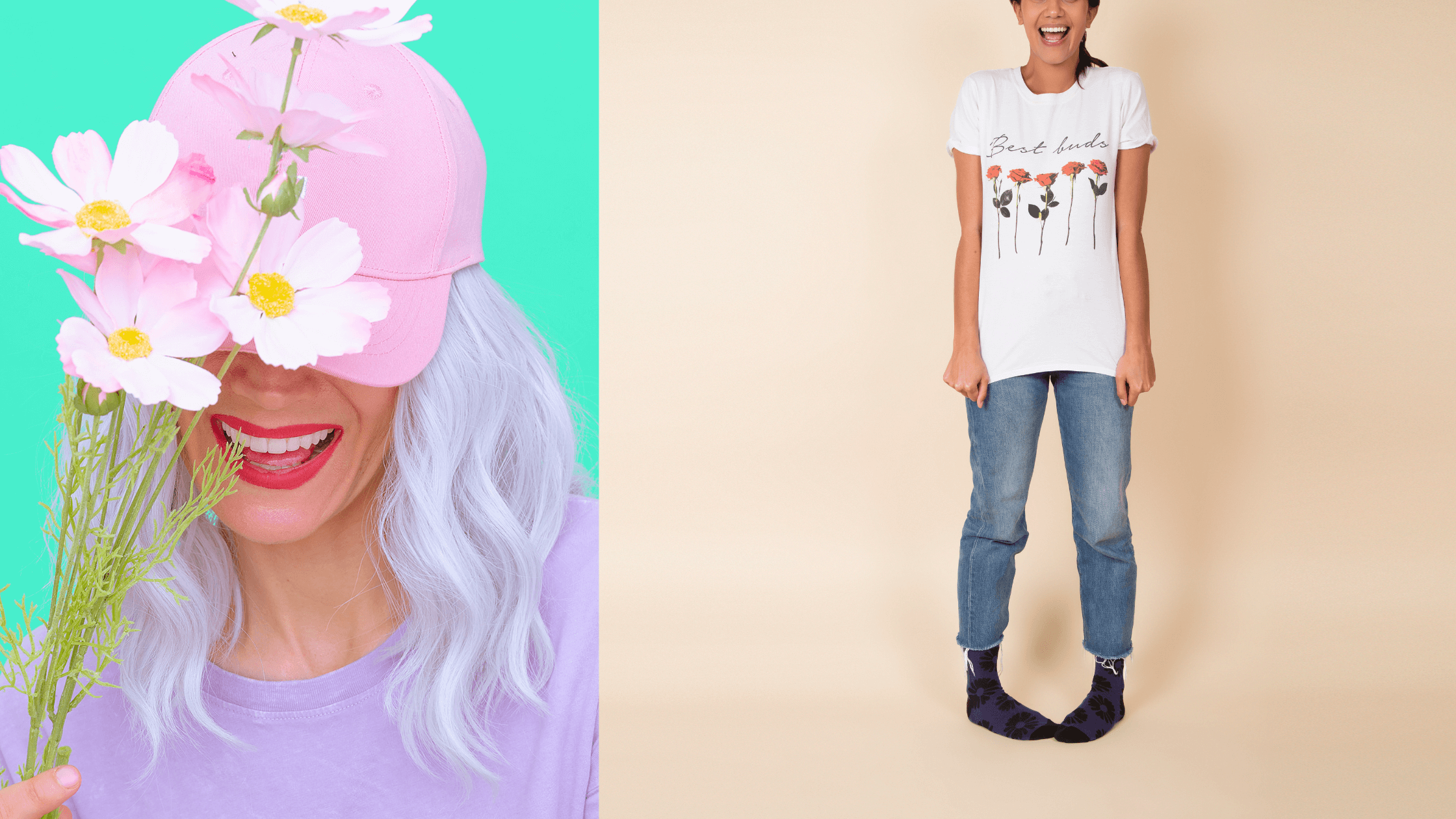
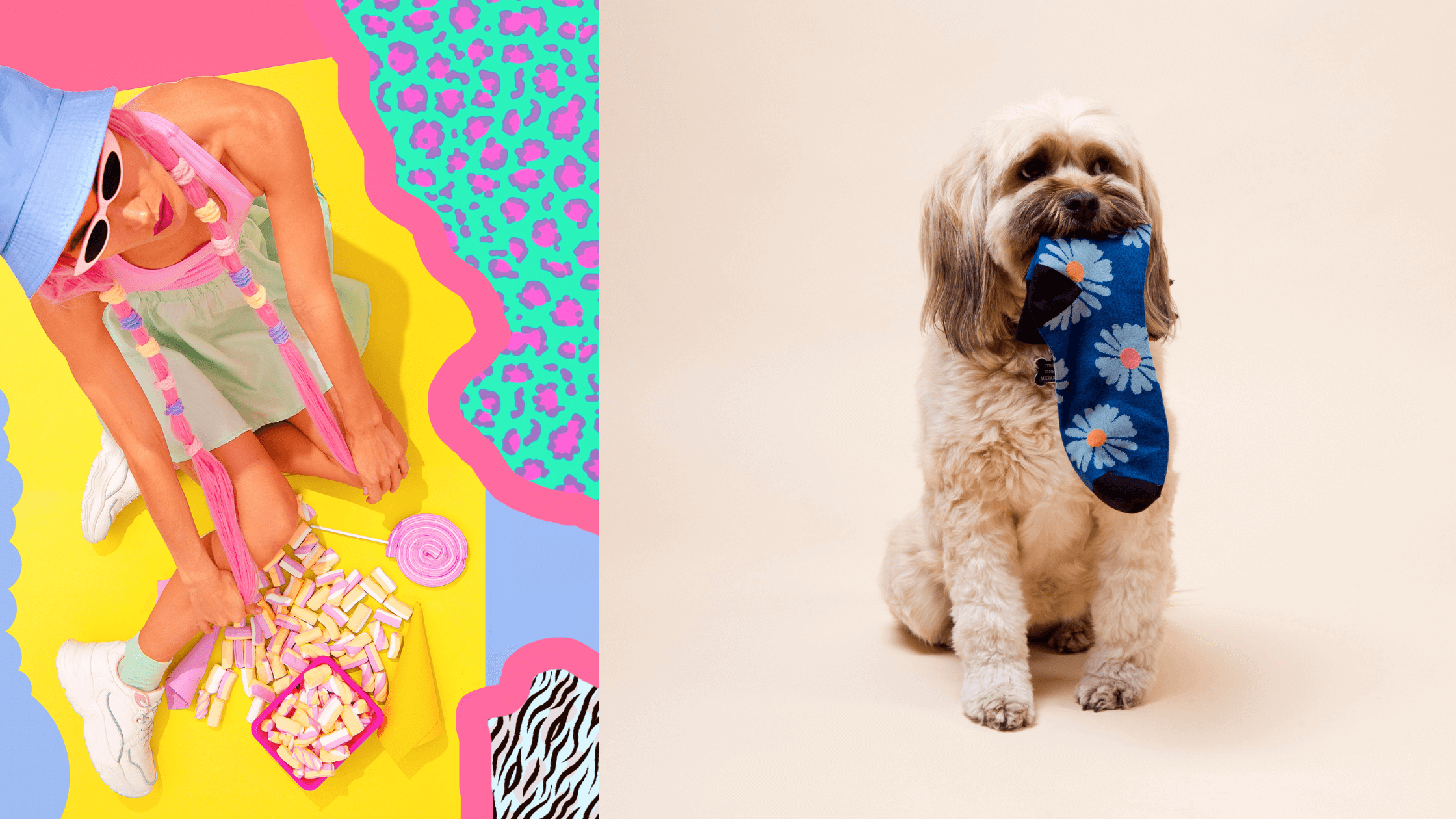






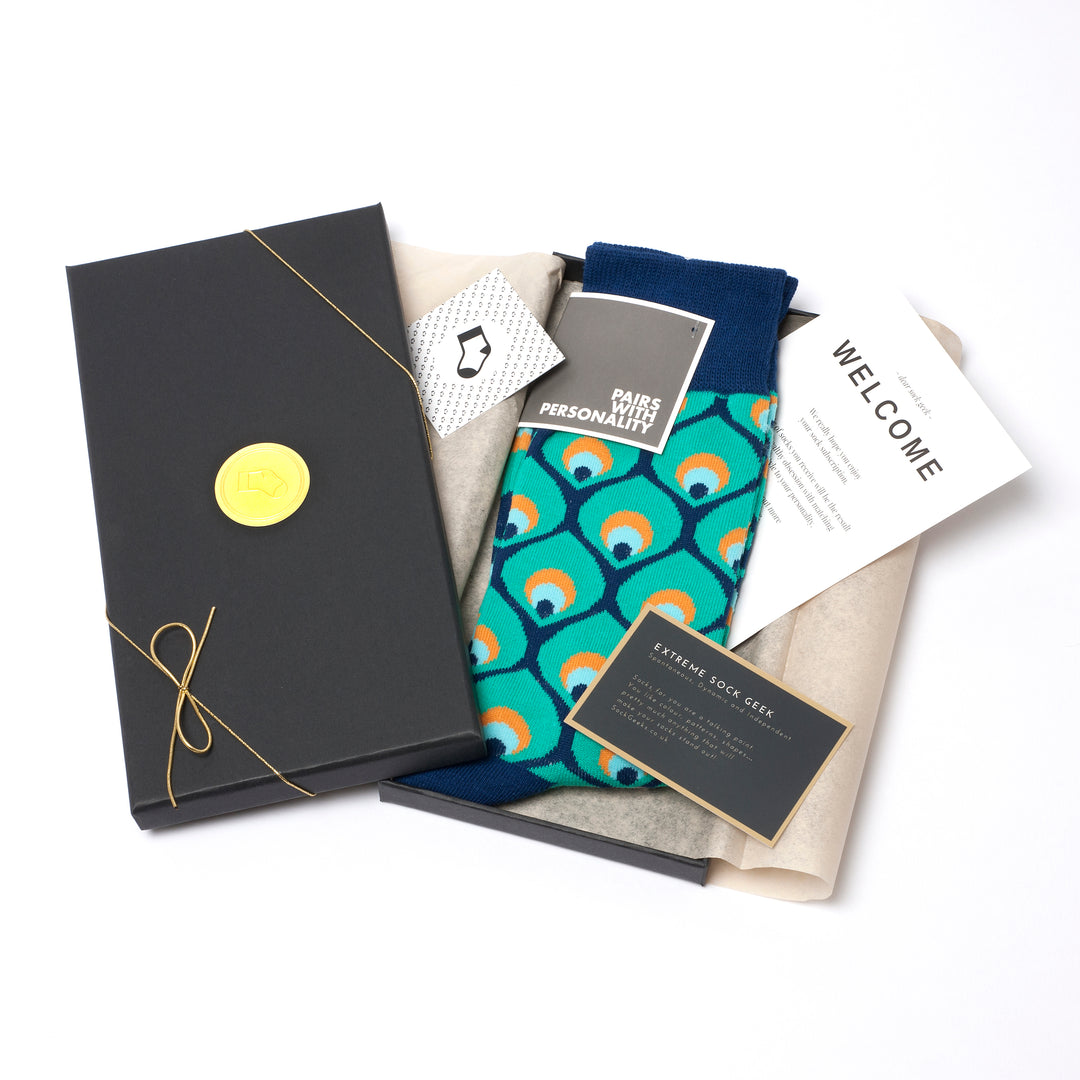
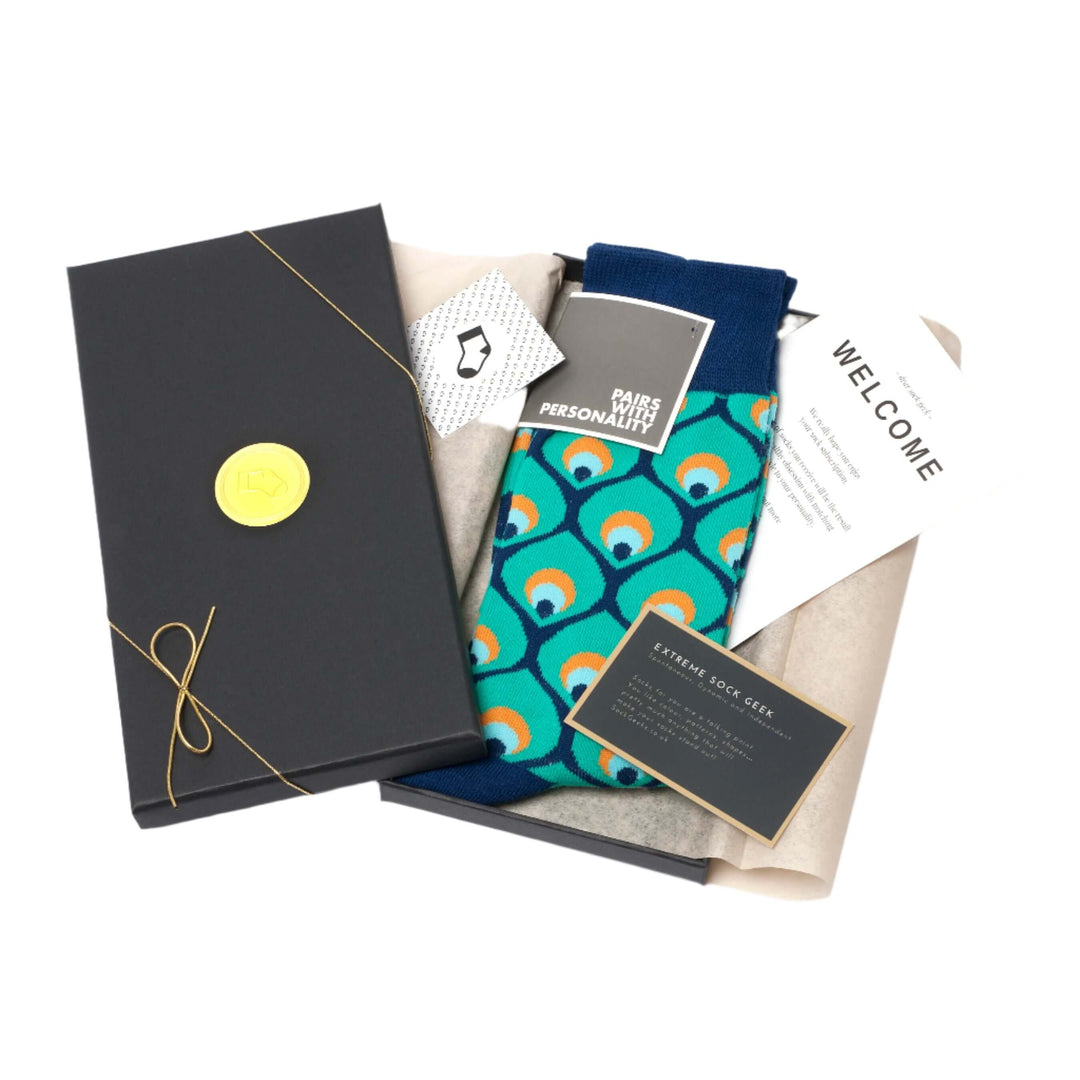
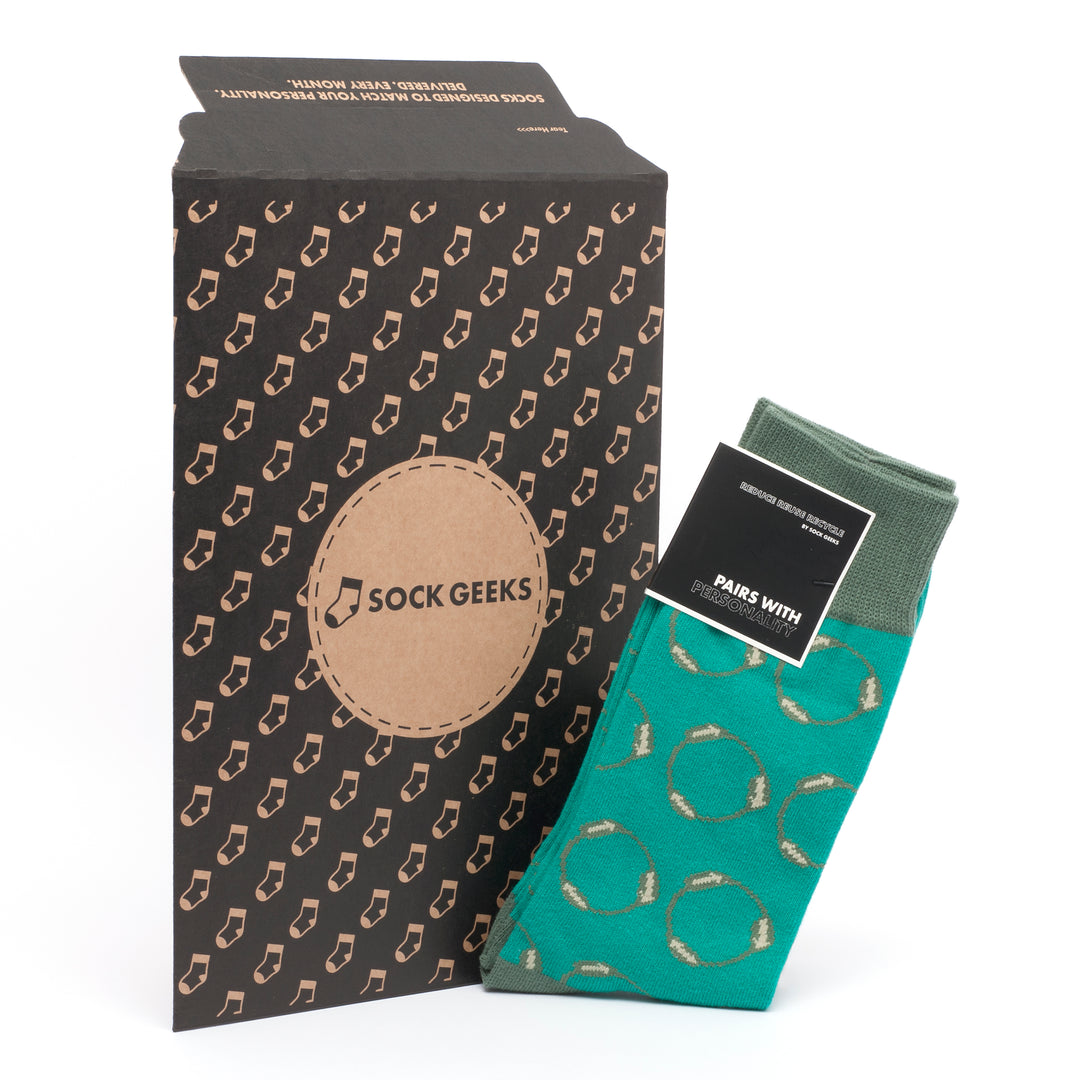
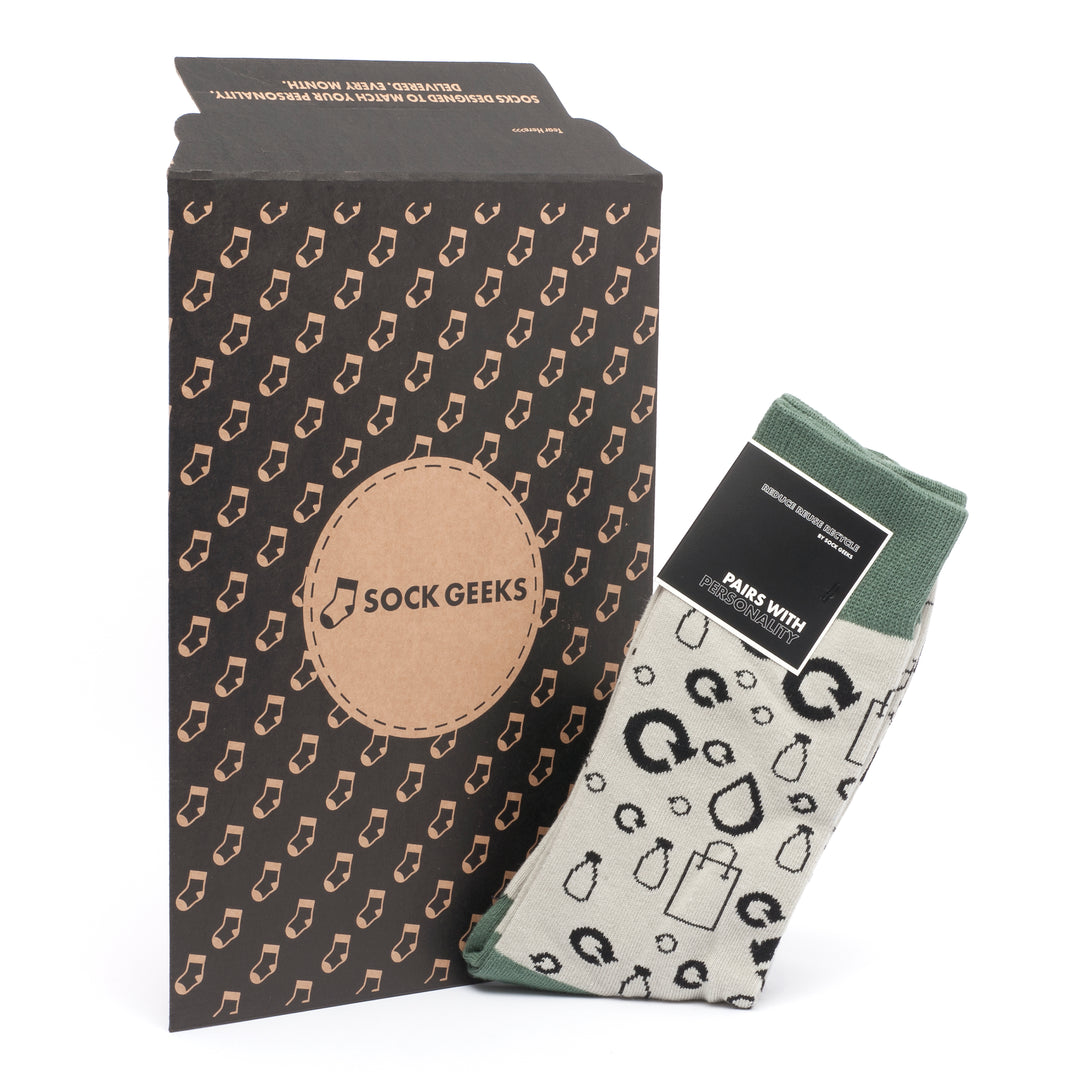



Leave a comment